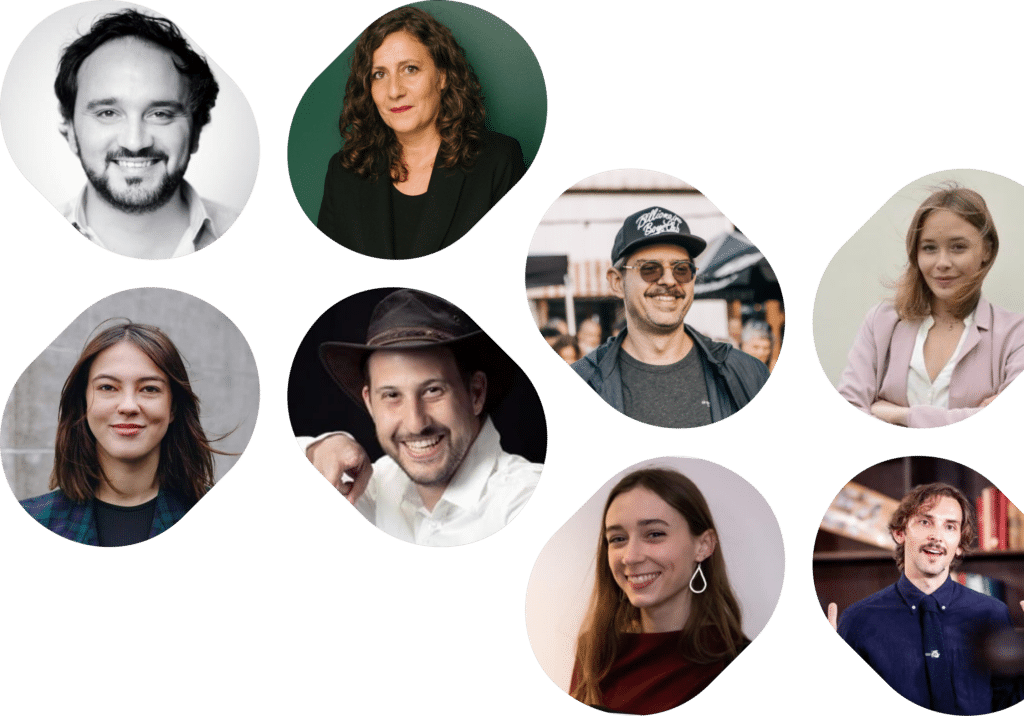Uniting the world of Tech events
Featuring upcoming event profiles, expert interviews, industry deep dives & a wide range of podcast episodes, Sesamers is the place to be for Tech event lovers.
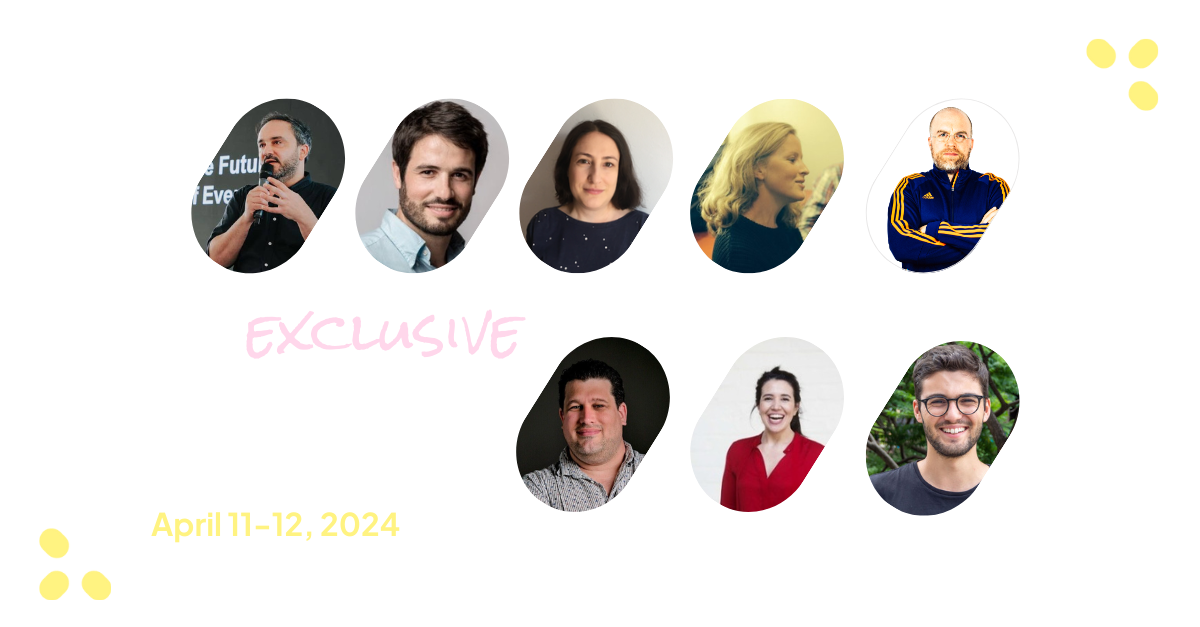
Save theDate!
Sesame SUMMIT is back in 2024 hosting an exclusive experience with the most influential experts from the Tech events community.
Limited to 50 invited guests, this intimate gathering promises meaningful connections and unparalleled networking in the stunning area of Biarritz, France.
Save theDate!
SIAL Paris, the world’s leading food exhibition, is celebrating its 60th anniversary this year!
As an internationally renowned event, SIAL Paris brings together food professionals from around the globe to showcase the latest innovations, trends, and products in the food industry.
With a rich history of fostering business connections, sparking creativity, and driving industry growth, SIAL Paris continues to be a must-attend event for food manufacturers, retailers, distributors, and professionals looking to stay ahead of the curve.
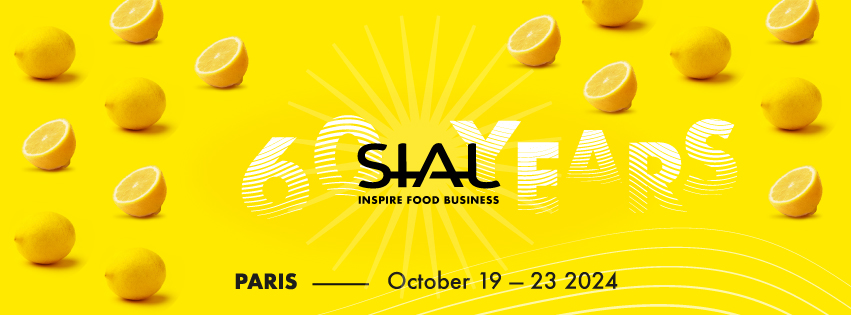
Save theDate!
Hello Tomorrow is an innovation summit that unites visionaries, startups, and industry leaders under one roof, driving forward groundbreaking ideas and technologies shaping the future. With a focus on science and tech, the Global Summit fosters collaboration and sparks transformative innovation, propelling us toward a brighter tomorrow.
Join us in Paris for a day of cutting-edge exploration and visionary discussions!
Featured podcast

Zivile Einikyte
Join Zivile as she recounts her unplanned but rewarding journey into the tech event space and shares valuable insights from her wide-ranging experiences.

Cecilia Tham
Explore the intersection of past wisdom and future possibilities with Cecilia Tham’s applied futurism at Futurity Systems.

Fatou Diagne
Bootstrap Europe co-founder Fatou Diagne details the transformative journey of venture debt in the European tech and life science sectors, advocating for its strategic role in startup funding and growth.
Our latest podcast
Cecilia Tham Interview
Explore the intersection of past wisdom and future possibilities with Cecilia Tham’s applied futurism at Futurity Systems.
Read Ready, articlesby categories
Events
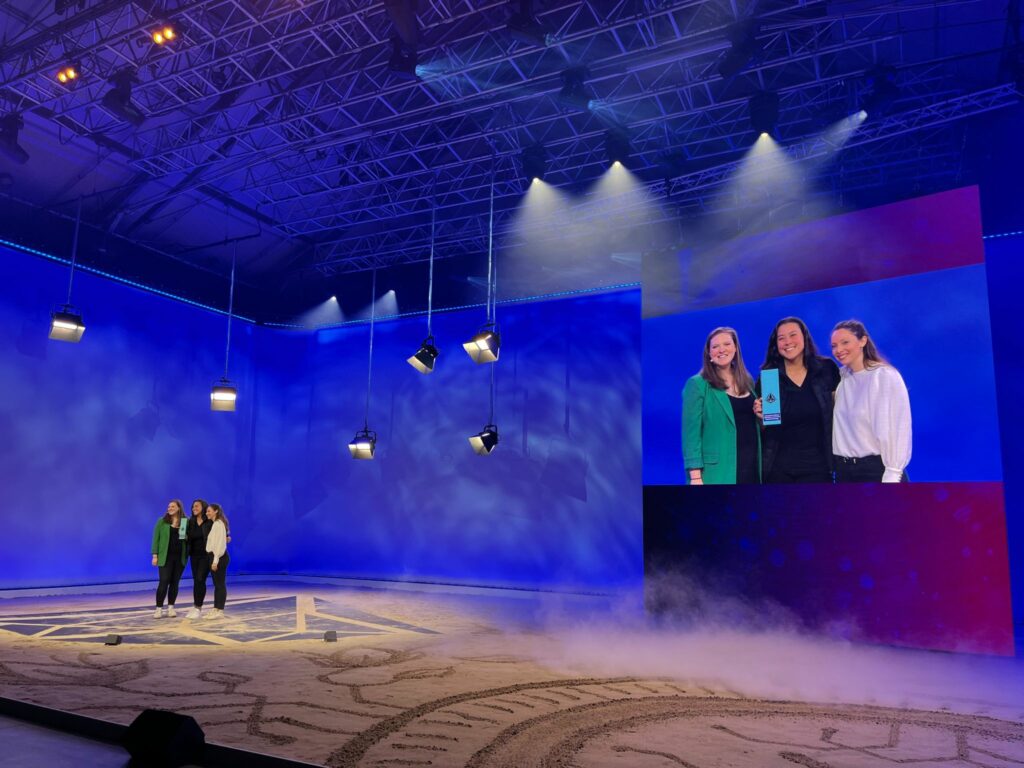
The Hello Tomorrow Global Summit 2024 just wrapped up, and oh boy, was it a spectacle of deep tech wonders! In an exciting twist this year, the opening session set the tone differently. The Mc of welcoming session, Gemma Milne, put it perfectly, saying, “In the past, we’ve talked about deep tech in a way […]
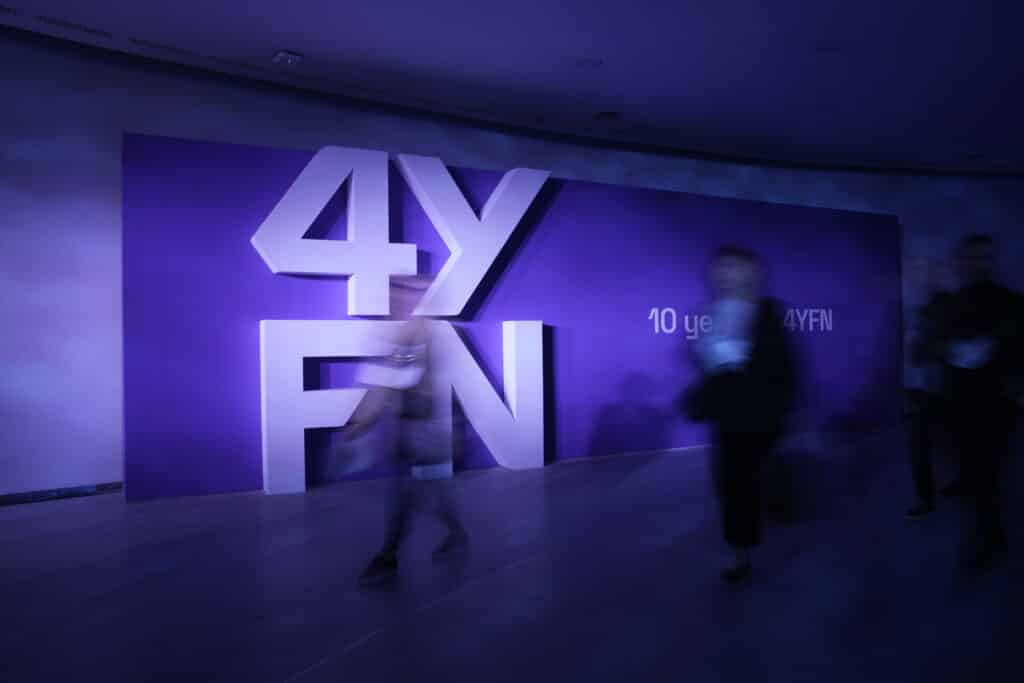
At MWC Barcelona and the 10th Anniversary of 4YFN, the focus was on AI domination, the future of quantum computing, and one of the biggest alliances in the tech world.
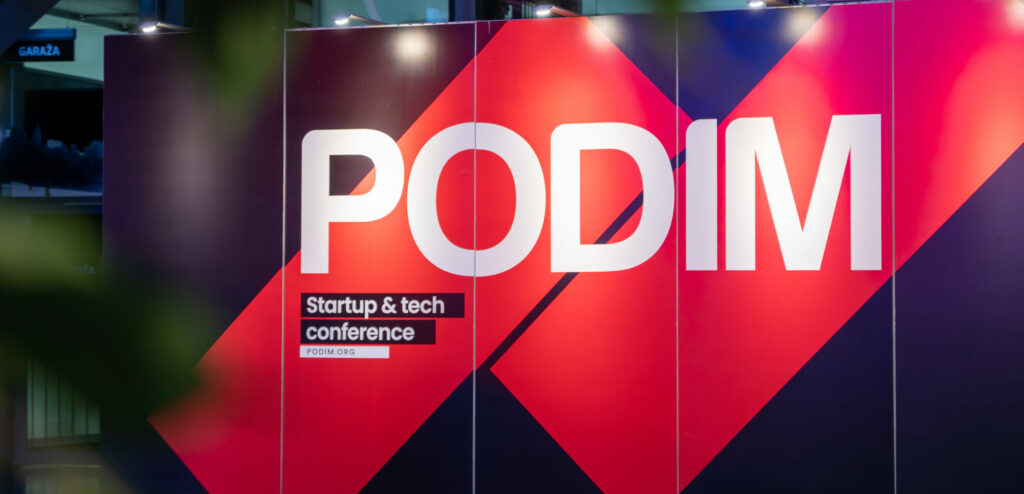
We spoke with the Podim team to gain insight into what makes Podim a leading event in the European tech ecosystem- from the intimate nature of the event to the pitching competition!
VCs

Join us as we explore these leading players in Malta’s burgeoning business scene.

This post explores the top 5 venture capital firms that are essential in shaping Sweden’s vibrant entrepreneurial landscape, highlighting their impactful investments and strategic guidance.

Get insights into Austria’s venture capital landscape with our ‘Top 3 Venture Capital Firms in Austria’, spotlighting the key players fostering tech innovation and startup growth.
Startups
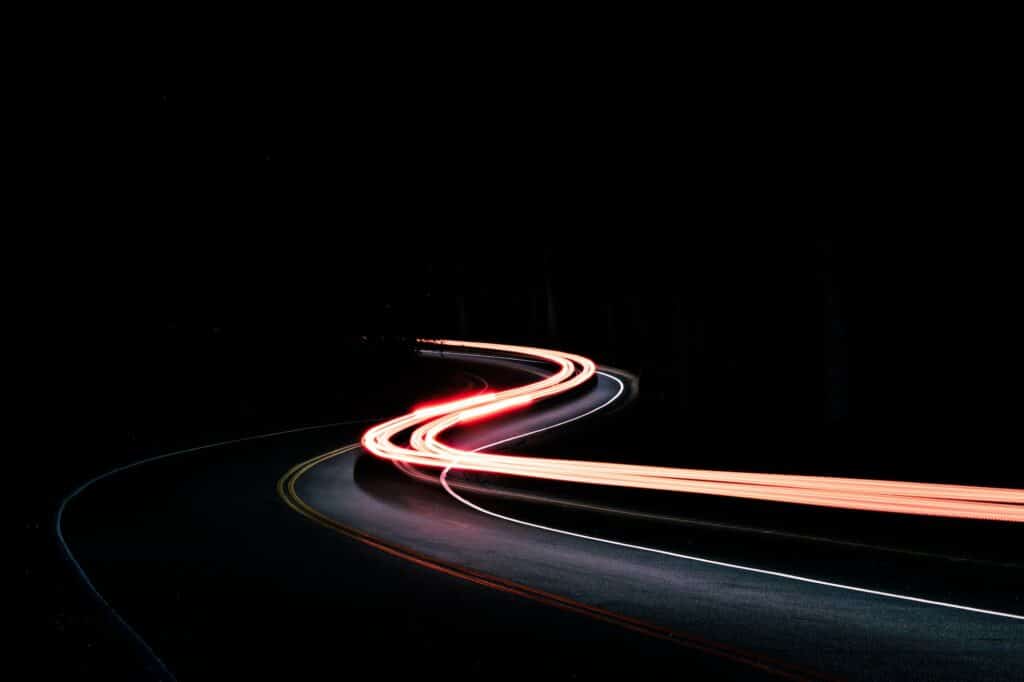
Taiwan is solidifying its position as a pivotal player in the global high tech landscape, with countless entrepreneurs on the island building booming businesses from the ground up.
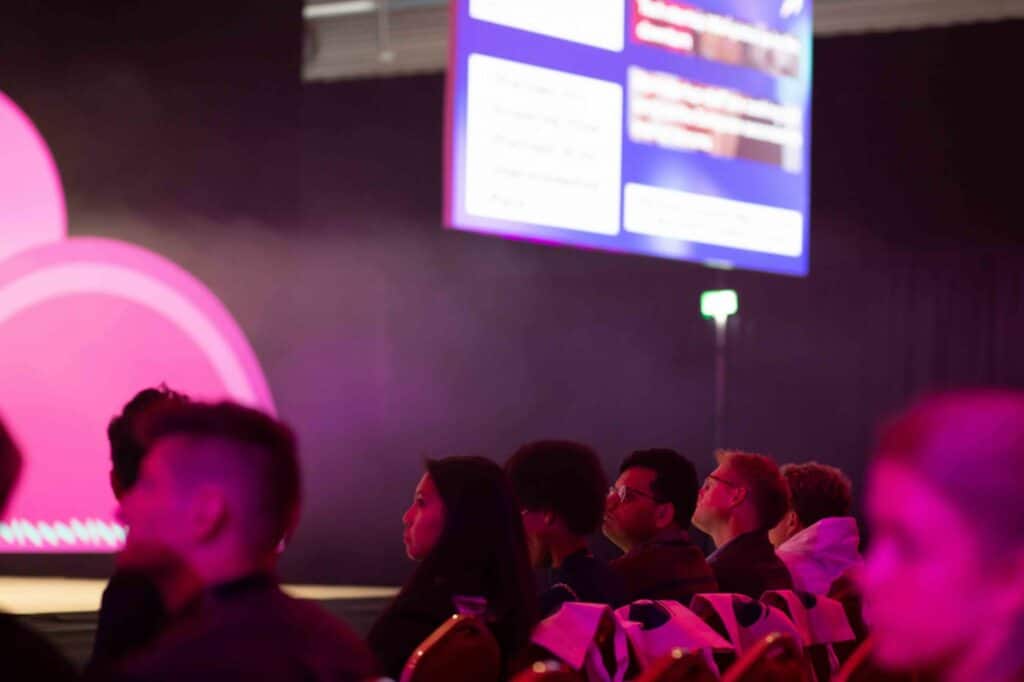
SaaStock is coming home to Dublin with a bang on October 18-19. We interviewed SaaStock’s Marketing Manager, Jessica Ramesh, to find out what she & her team are most excited about this year’s event!
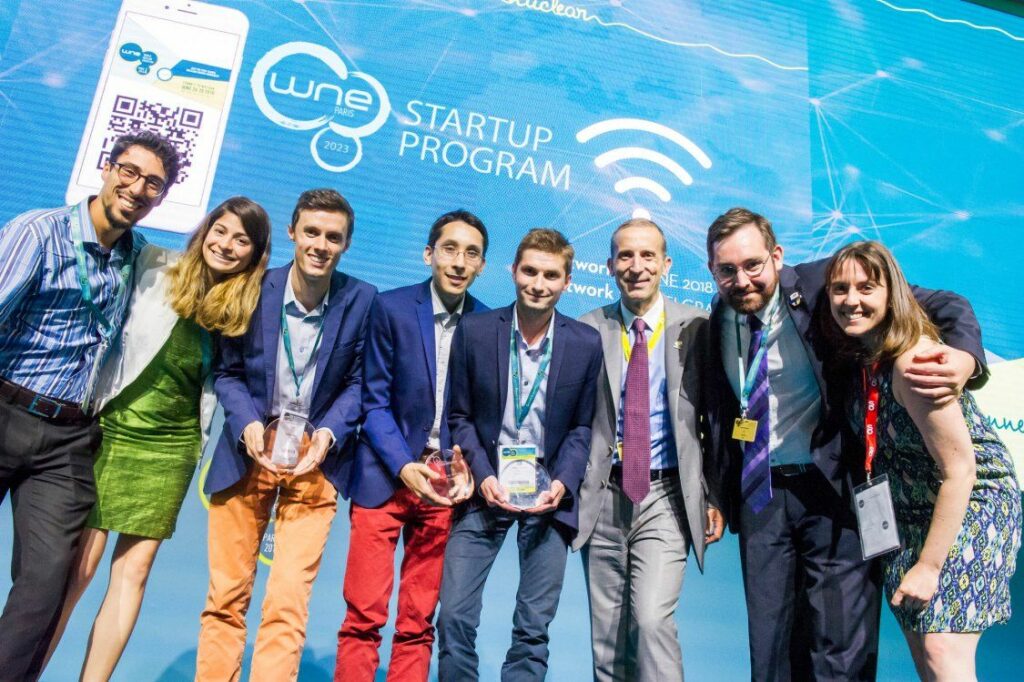
We’ve been collaborating with WNE to add mentors to their startup program marking the 1st year industry leaders will be matched with the finalists to share their expertise, live, in-person, during WNE 2023 in Paris – November 28-30.
Corporates
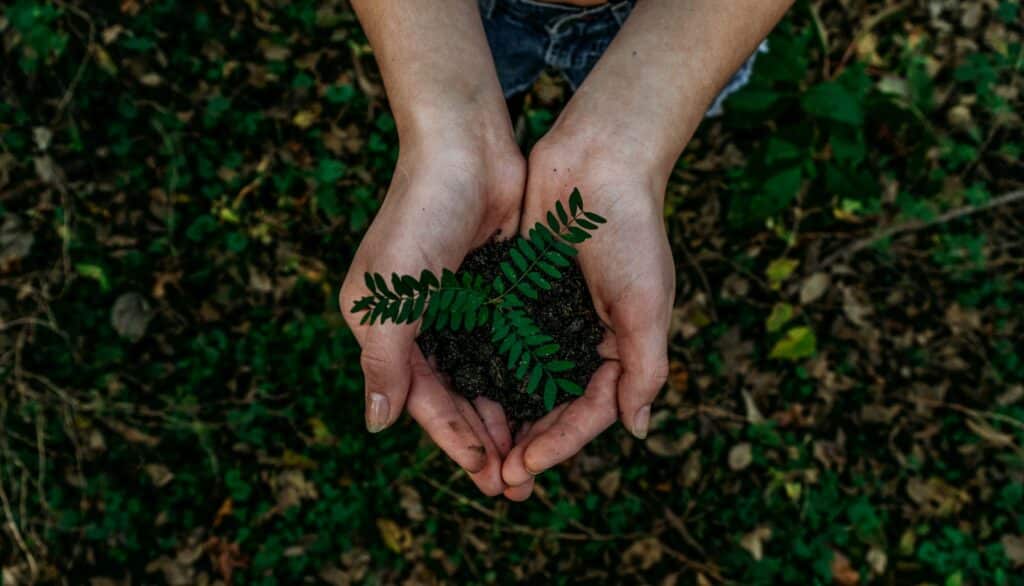
Having recently begun attending Tech events in Europe, I’ve been contemplating the impact of these massive networking and learning opportunities on the environment. After participating in some of the largest Tech events across Europe, I share my thoughts on sustainability in the industry.

This week we’re learning about different equity types in companies, capital involving the current climate situation, and the imminent state of AI in different industries along with the controversy that could follow.
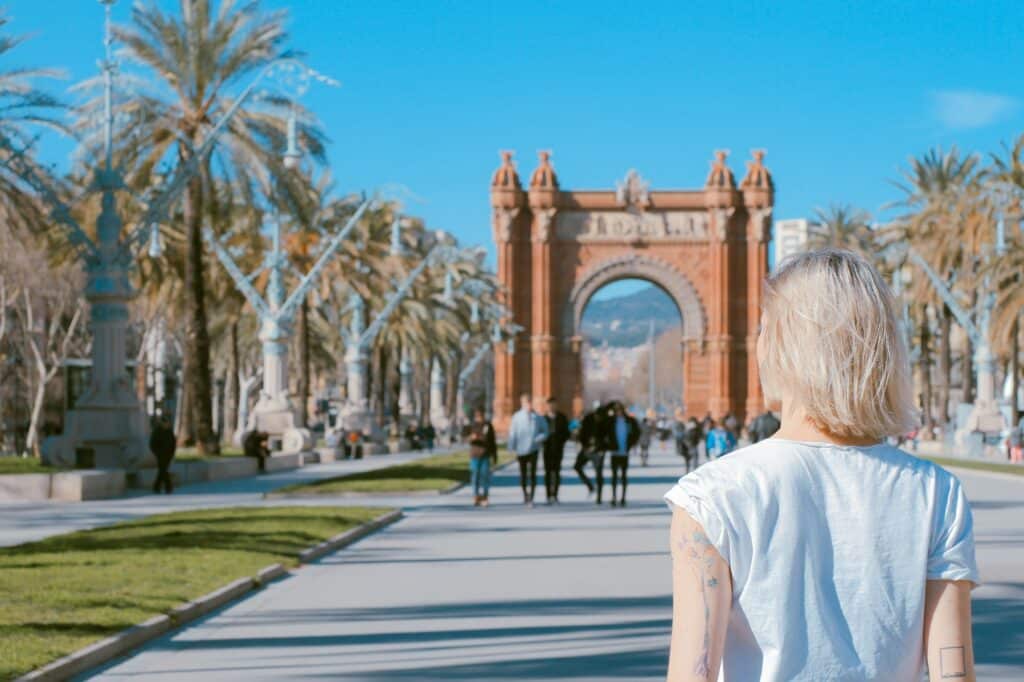
PUZZLE X is a platform that convene the most bleeding-edge of Frontier Tech for a more sustainable and prosperous future. This event brings industry leaders and innovators from all different domains to discuss the future of cities, industries and societies enabled by Frontier Tech.
Discover our services
We aim to connect investors, entrepreneurs and innovators through our media and during in-person events with tailor-made services.

